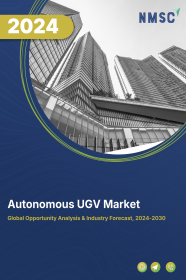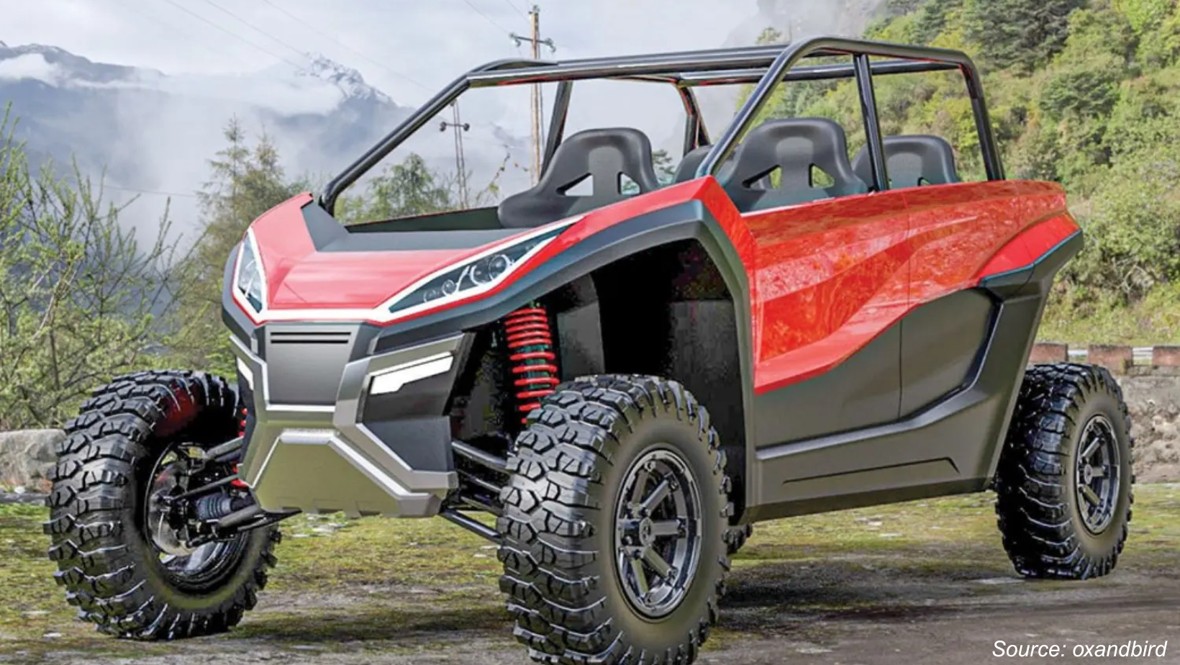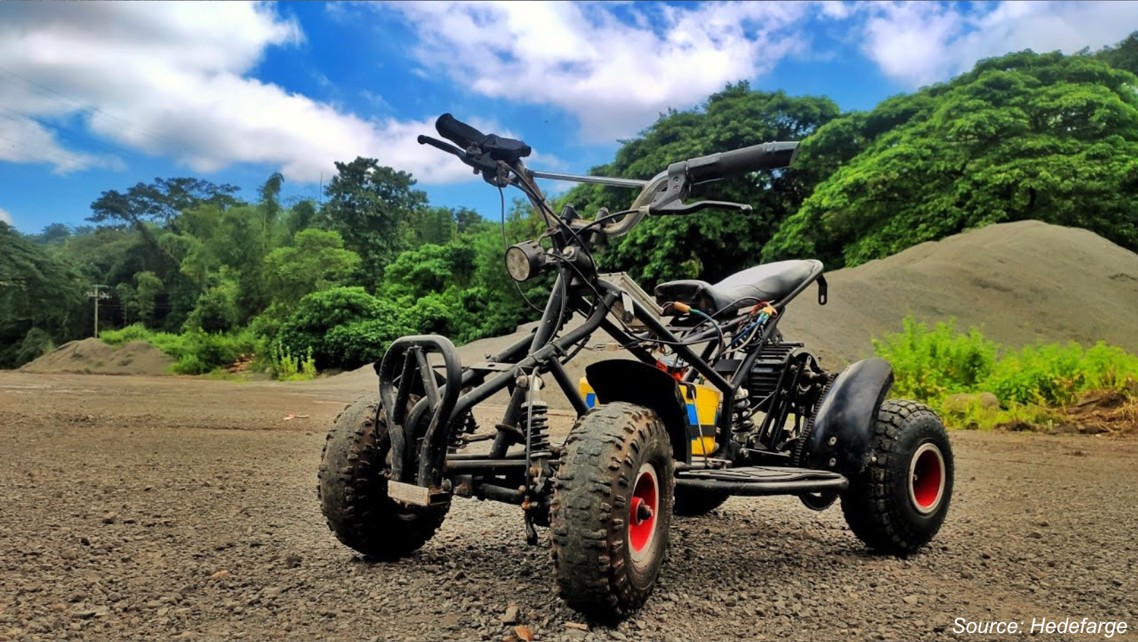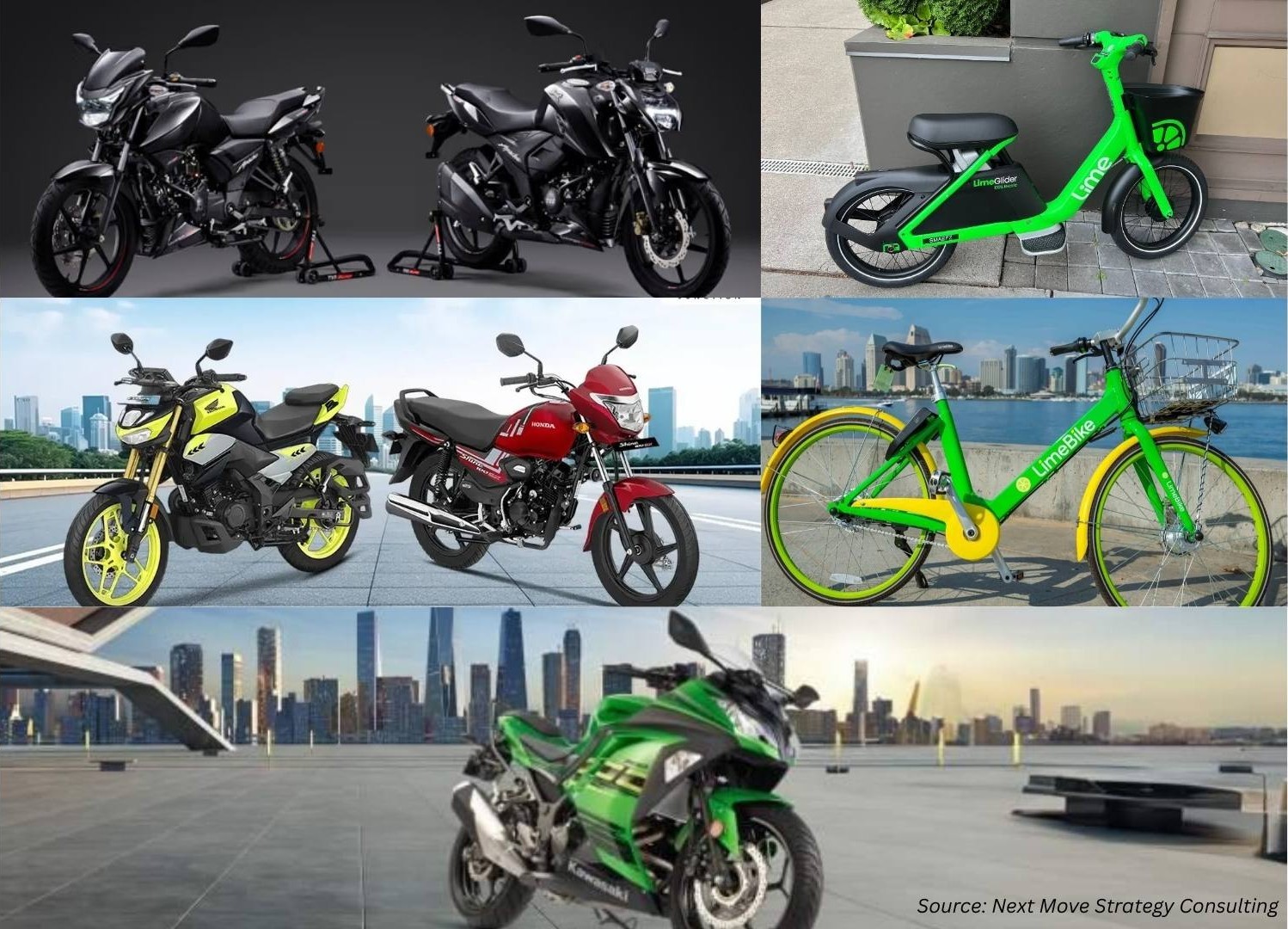
Autonomous UGV Market size by Mobility (Wheeled, Tracked, Hybrid, and Legged), by Size (Small, Medium, and Large), by Mode of Operation (Tethered, Tele-operated, and Autonomous), and by End Users (Military & Defence, Agriculture, Mining & Construction, Rescue & Search, and Others)– Global Opportunity Analysis and Industry Forecast 2024-2030
Market Definition
The Autonomous UGV Market size was valued at USD 6.37 billion in 2023 and is predicted to reach USD 14.46 billion by 2030 with a CAGR of 12.43% from 2024 to 2030.
Autonomous Unmanned Ground Vehicle (UGV) is a self-driving vehicle that is designed to operate in land surface without human intervention. Autonomous UGV is equipped with a suite of sensors that includes cameras, lidar, radar, and GPS that allow the vehicles to perceive their environment in real-time, allow them to navigate autonomously through complex terrain by avoiding obstacles and adhering to predefined routes. The versality and adaptability of the autonomous UGV results in its applicability in diverse sectors that includes agriculture, defence, mining & construction, transportation and others. Autonomous UGV offers a multitude of advantages that includes increased safety, enhanced operational efficiency, reduce labour expenses, improve accuracy and precision in tasks such as mapping and inspection, low fuel consumption, enhanced accessibility to remote or challenging terrains and others that attributes to the increasing applicability of autonomous UGV in contemporary time in diverse economic sectors.
Market Dynamics and Trends
The increasing labour expenditure in various industrial sectors such as transportation, agriculture, mining & construction is accelerating the demand of autonomous UGV market. Labour expenditure is a significant portion of operational costs for businesses that increase the demand to replace manual labour with autonomous UGV to save labour cost as it operates without any human intervention and perform tasks on its own.
According to the report of EuroStat Report of 2024, hourly labour costs in Euro area rose by 3.4% and by 4.0% in the EU in comparison to the same quarter of previous year. The rising labour expenditure is leading to increasing use of autonomous UGV for a multitude of tasks such as material handling, inventory management, facility inspection, maintenance activities, and navigation systems.
Additionally, the stringent rules and regulations associated with workers health and safety is accelerating the growing demand of autonomous UGV market. Adoption of stringent regulations in various industrial sectors such as food & beverage, construction & mining, chemical and others for improvement of workplace safety of the labours is leading to increasing adoption of autonomous UGVs that are equipped to work in hazardous condition without endangering human lives.
For instance, during 110th Session of International Labour Conference in 2022, safety and health were incorporated to the Fundamental Principal and Right at work. The ability of autonomous UGVs to navigate through hazardous environments autonomously eliminate the need for human workers enter dangerous areas and minimize exposure to risks such as falls, crush injuries, or exposure to toxic substances drives demand of autonomous UGV to ensure workplace safety.
Moreover, the increasing investment in defence & military sector is boosting the demand of autonomous UGV market. According to Stockholm International Peace Research Institute Report, 2022, global military expenditure rose by 3.7% in 2022 that accounts for around USD 2240 billion. Defence agencies worldwide are modernizing their military capabilities to address evolving threats, enhance reconnaissance, surveillance, and force protection capabilities leading to the adoption of autonomous UGV to mitigate risk, enhance surveillance and logistic operation.
However, the operation of autonomous UGVs depend on interconnected systems and data networks that makes it vulnerable to cybersecurity threats such as hacking, data breaches, and remote exploitation acts as restraining factor to the growth of autonomous UGV market.
On the other hand, the integration of swarm intelligence in autonomous UGVs would help industries to collaborate and coordinate their actions to achieve common objectives such as distributed sensing, reconnaissance, and surveillance over large areas. This increased efficiency and scalability is anticipated to generate significant growth opportunities for the market in the forthcoming years.
Market Segmentation and Scope of the Study
The autonomous UGV market is segmented on the basis of mobility, size, mode of operation, end users, and region. On the basis of mobility, the market is classified into wheeled, tracked, hybrid and legged. On the basis of size, the market is segmented into small, medium and large. On the basis of mode of operation, the market is divided into tethered, tele-operated and autonomous. On the basis of end users, the market is segmented into military & defence, agriculture, mining & construction, rescue & search, and others. Regional breakdown and deep analysis of each segment are included for North America, Europe, Asia-Pacific, and Rest of the World.
Geographical Analysis
North America holds the dominant share of global autonomous UGV market and is expected to continue dominating the market during the forecasted period. This is attributed to the presence of dominant defense sector in the countries such as U.S. and Canada.
These nations allocate significant portions of their GDP towards upgradation of military & defense sector leading to rising adoption of autonomous UGV. According to Peter G Foundation Report, 2023, U.S. spend around USD 766 Billion towards upgradation of defense sector that accounted for 12% of the national budget. It depicts about the growing adoption of modernized equipment in the defense sector of the region for persistent surveillance, conduct autonomous operations in support of manned units, logistic operations to increase operational effectiveness.
Moreover, the significant growth of the mining industry in the region accelerates the demand of autonomous UGV. Autonomous UGV help to enhance operational efficiency in the mining industry to perform diverse range of activities such as transportation of ores, drilling, blasting, and surveying without human intervention.
According to Government of Canada report of 2023, Canada is recognized as the leading mining nation of the world with mineral production that reached USD 55.5 billion in 2021. The growing mineral production in the region accelerates the demand of autonomous UGV as it can operate round-the-clock without the need for breaks or shift changes.
On the other hand, Asia Pacific is expected to show a steady rise in the autonomous UGV market. This is attributed to the growing adoption of stringent law towards workplace safety in the countries such as China, India, and South Korea. Autonomous UGV’s are capable to operate in hazardous environments autonomously, reduce the involvement of human workers to undertake dangerous tasks and minimize the risk of accidents in workplace that propels the demand of autonomous AGV in the region.
According to State Council Information Office of People Republic of China, 2023, in 2023 the executive meeting of the State Council underscored the importance of workplace safety in key sectors such as energy, construction & mining and transport, the meeting stressed upon adoption of efforts to ensure that all safety measures are in place. The adoption of stringent law by the government towards mitigation of risks and ensure compliance with workplace safety regulations boosts up the demand of autonomous UGV market in the region.
Moreover, the presence of key autonomous UGV players such as Otokar Ltd, Nexter Systems, and Arrobot in the region that are adopting various strategies including product launch is driving the growth of autonomous UGV market. For instance, in September, 2023, Arrobot launched an autonomous unmanned guided vehicle (UGV) for armed forces and secures multiple orders, showcasing advancements in autonomous UGV technology catering to military applications.
Competitive Landscape
The Autonomous UGV market comprises of various market players such as Otokar Ltd, Nexter Systems, Lockheed Martin Corporation, Oshkosh Defence LLC, General Dynamics Corporation, Robotics Plus, Harris Corporation, BAE Systems, Northrop Grumman Corporation, and Milrem Robotics Inc. These companies are adopting various strategies such as product launch to remain dominant in the autonomous UGV market.
For instance, in July, 2023, Otokar launched Alpar, a 1.5-ton autonomous unmanned ground vehicle (UGV), that reflected about advancements in autonomous military technology for diverse defense applications. This product launch highlighted the rising significance of unmanned systems in enhancing military capabilities and operational effectiveness.
Further, in October, 2022, Robotics Plus launched an autonomous unmanned ground vehicle (UGV) tailored for tree and vine crop tasks, marking a milestone in agricultural robotics for precision farming applications. This product launch highlighted about the increasing role of autonomous UGV in enhancing efficiency and productivity in agricultural operations.
Moreover, in May 2022, Milrem Robotics launched the THeMIS Observe, an autonomous intelligence, surveillance, and reconnaissance autonomous UGV. This product launch enhanced tactical units' reaction speed on targets and increased the standoff distance from enemy units, demonstrating the utility of UGV-based ISR systems in military operations.
Key Benefits
-
The report provides quantitative analysis and estimations of the autonomous UGV market from 2024 to 2030, which assists in identifying the prevailing market opportunities.
-
The study comprises a deep dive analysis of the autonomous UGV market including the current and future trends to depict prevalent investment pockets in the market.
-
Information related to key drivers, restraints, and opportunities and their impact on the autonomous UGV market is provided in the report.
-
Competitive analysis of the players, along with their market share is provided in the report.
-
SWOT analysis and Porters Five Forces model is elaborated in the study.
-
Value chain analysis in the market study provides a clear picture of roles of stakeholders.
Key Market Segments
By Mobility
-
Wheeled
-
Tracked
-
Hybrid
-
Legged
By Size
-
Small
-
Medium
-
Large
By Mode of Operation
-
Tethered
-
Tele-operated
-
Autonomous
By End Users
-
Military & Defence
-
Agriculture
-
Mining & Construction
-
Rescue & Search
-
Other
By Region
-
North America
-
The U.S.
-
Canada
-
Mexico
-
-
Europe
-
The U.K.
-
Germany
-
France
-
Italy
-
Spain
-
Denmark
-
Netherlands
-
Finland
-
Sweden
-
Norway
-
Russia
-
Rest of Europe
-
-
Asia-Pacific
-
China
-
Japan
-
India
-
South Korea
-
Australia
-
Indonesia
-
Singapore
-
Taiwan
-
Thailand
-
Rest of Asia-Pacific
-
-
Rest of the World (RoW)
-
Latin America
-
Middle East
-
Africa
-
REPORT SCOPE AND SEGMENTATION:
|
Parameters |
Details |
|
Market Size in 2023 |
USD 6.37 Billion |
|
Revenue Forecast in 2030 |
USD 14.46 Billion |
|
Growth Rate |
CAGR of 12.43% from 2024 to 2030 |
|
Analysis Period |
2023–2030 |
|
Base Year Considered |
2023 |
|
Forecast Period |
2024–2030 |
|
Market Size Estimation |
Billion (USD) |
|
Growth Factors |
|
|
Countries Covered |
28 |
|
Companies Profiled |
10 |
|
Market Share |
Available for 10 companies |
|
Customization Scope |
Free customization (equivalent up to 80 working hours of analysts) after purchase. Addition or alteration to country, regional, and segment scope. |
|
Pricing and Purchase Options |
Avail customized purchase options to meet your exact research needs. |
KEY PLAYERS
-
Otokar Ltd.
-
Nexter Systems
-
Lockheed Martin Corporation
-
Oshkosh Defence LLC
-
General Dynamics Corporation
-
Robotics Plus
-
Harris Corporation
-
BAE Systems
-
Northrop Grumman Corporation
-
Milrem Robotics Inc.




















 Speak to Our Analyst
Speak to Our Analyst

























